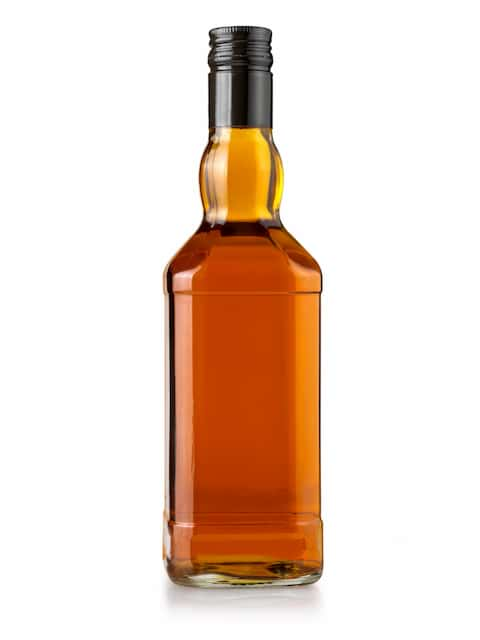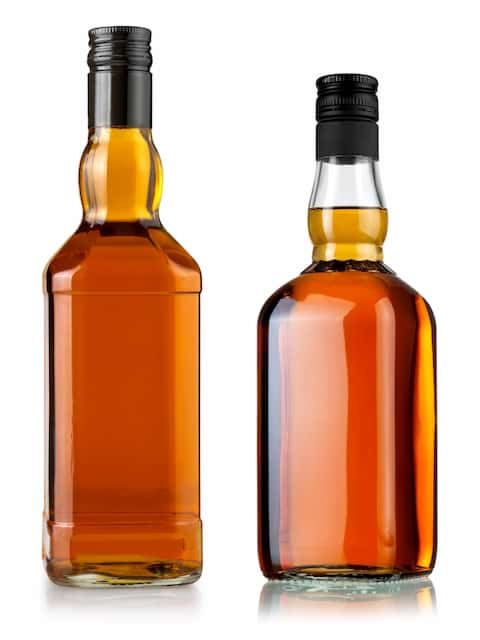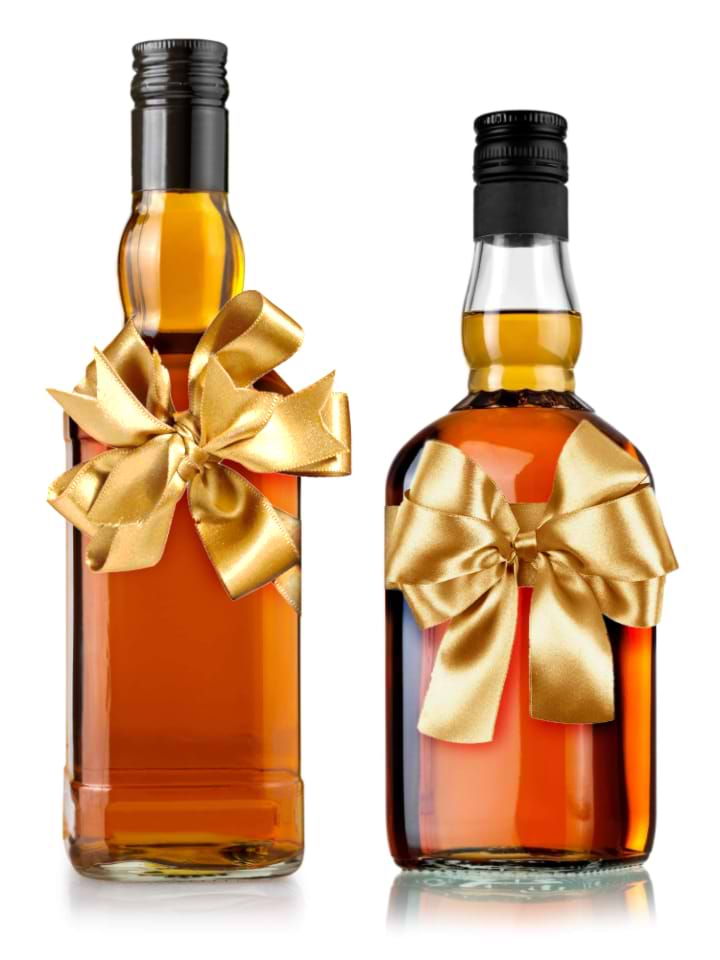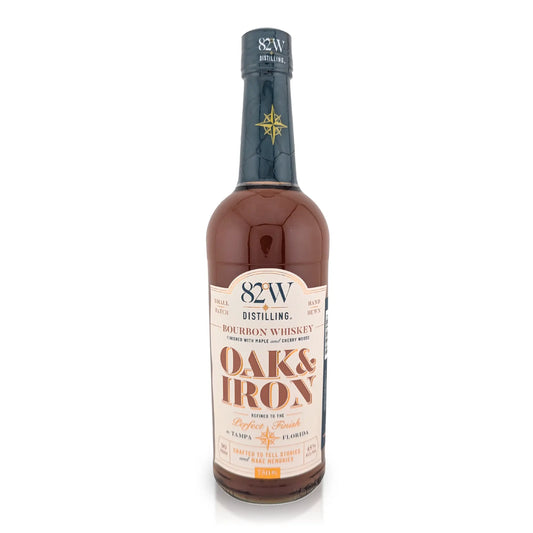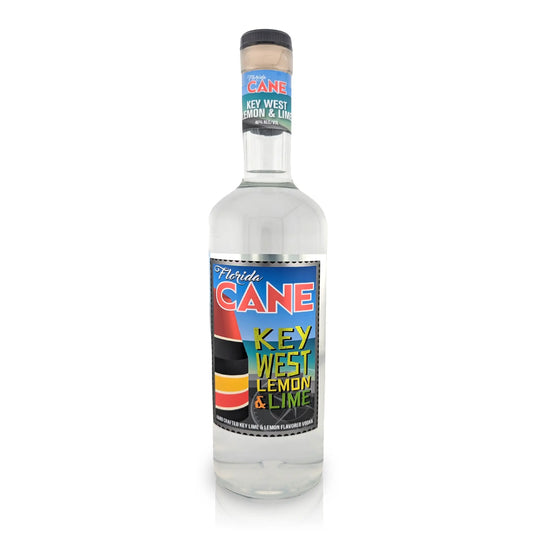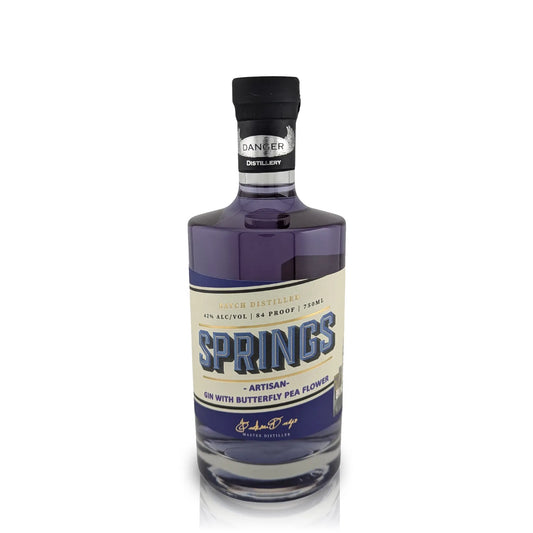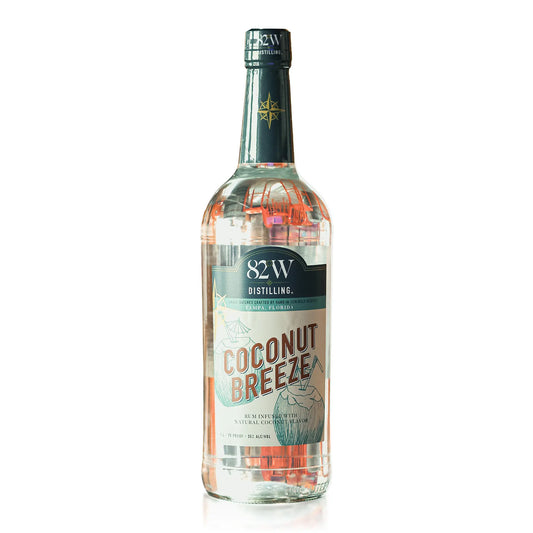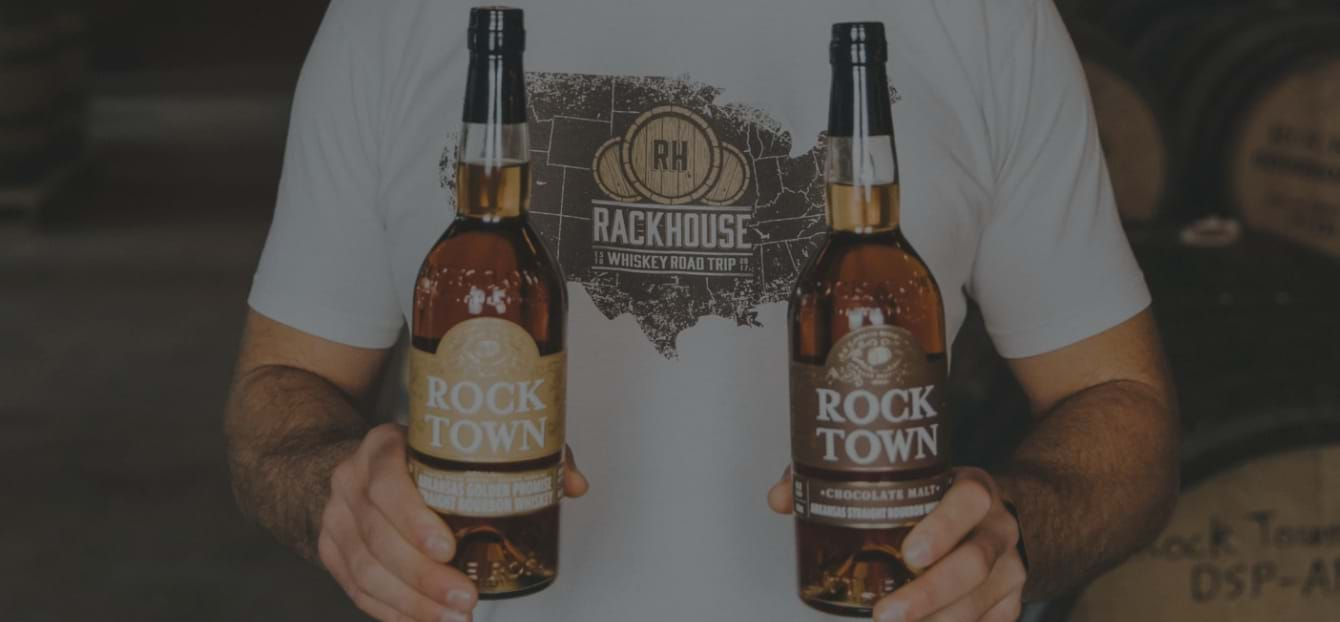
If you’ve been following RackHouse Whiskey Club for long, you already know that water is one of the most important partners to whiskey. Not only is it a key ingredient in how whiskey is made, adding a drop or two of water to your glass actually helps to “open up” the taste of the whiskey. We even examined the scientific reasons why you should add water to your whiskey: further diluting your whiskey with water once it’s in your glass will increase the boldness of the flavor. Science aside, the water debate really boils down to a personal choice.
Of course if you asked legendary bourbon distiller, Pappy Van Winkle, he’d tell you you’re crazy for even bothering with water. He believed 50% ABV (100 proof) was the ideal alcohol concentration for whiskey. And although water is a key ingredient, he flat out rejected making his whiskey at a lower proof because he “saw no sense in shipping water all the way around the country.” For those who did enjoy diluting with water he suggested adding the whiskey to the water and not the other way around. “That way you make a poor thing better rather than a fine thing worse,” he famously reasoned.
If whiskey didn’t have water as a main ingredient while it’s being made, you’d wind up with vodka. Before the whiskey is bottled, more water is sometimes added to adjust it to a specific proof. In order to get your whiskey to your preferred proof, exactly how much water should you add? Turns out, there’s a scientific solution for that, too!
How much water should you add to your whiskey
As we mentioned, whether to add water to your whiskey is a personal choice. If you do want a splash of H20, the first step in deciding how much to add is to figure out the whiskey proof that you most enjoy personally. Once you know what proof suits you, then you can figure out a more accurate way to water your whiskey.
If you’re in the camp of wanting to just “wing it,” that’s totally acceptable, too! Some people pour their whiskey and add a couple of splashes. Others like to drop a two in through a dropper to open up the flavors. Greater, more precise dilution can offer increased benefits. When you first take a sip of a spirit bottled at 40% ABV or more, the first thing you may notice is a strong “alcohol” flavor that overpowers any other taste. Adding water means it gives a chance for other flavors of the whiskey to rise to the surface and meet your taste buds. And room temperature water is better! Here’s why: sweet and bitter flavors change depending on the temperature of the water. The colder it is, the less those flavors come through.
Once you find your ideal proof, start with a standard serving size, like 2 ounces. Measure out an amount of water to start with. Add small amounts of the water to the whiskey and then taste it. Keep repeating this step until you arrive at a taste you like. And then take note of how much water you’ve added so you can repeat this process in the future. With bourbon, you can dilute up to a 1:1 ratio (equal parts whiskey and water) because the flavor is robust to begin with.
An easy formula to determine your ideal whiskey proof is as follows:
Amount of whiskey divided by water plus the amount of whiskey times bottle proof equals your ideal proof. Here’s a concrete example:
If you start with 2 ounces of 100 proof whiskey and add ½ an ounce of water, your ideal whiskey is 80 proof. (2/2.5 x 100 = 80).
Looking for an easy way to test this water theory out yourself with unique types of craft whiskey? Then check out RackHouse Whiskey Club. RackHouse scours the U.S. looking for the best distilleries with the most interesting stories (like the time we learned about Bull Run Distillery’s unique water source) to curate a unique subscription box filled with full-sized bottles of hard-to-find small batch whiskey. We’re building a community of premium craft whiskey drinkers, and you’re invited. Join us!


